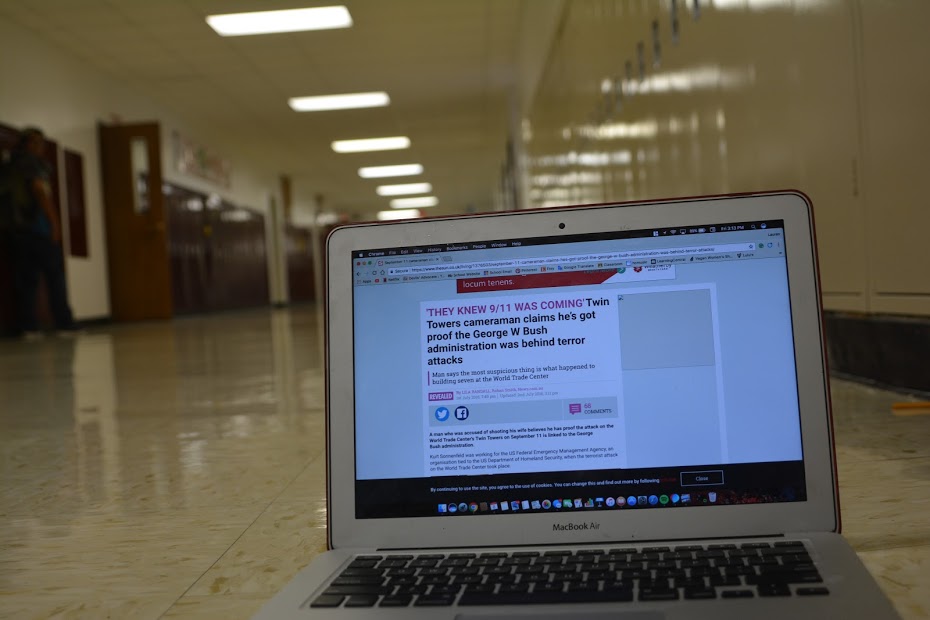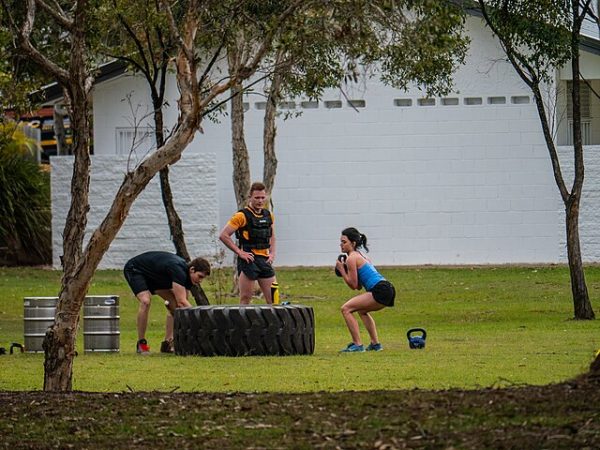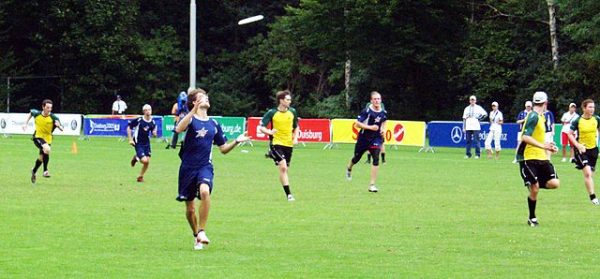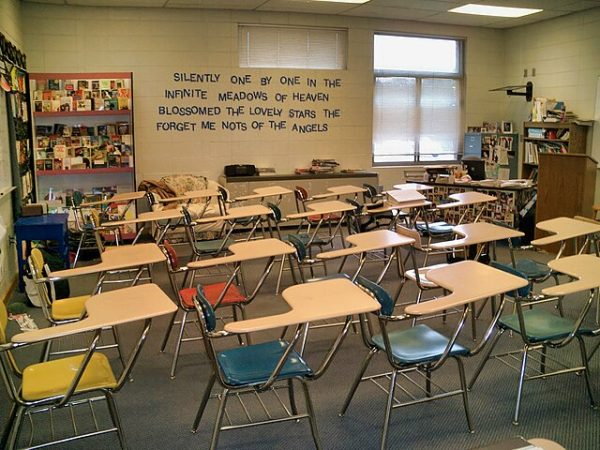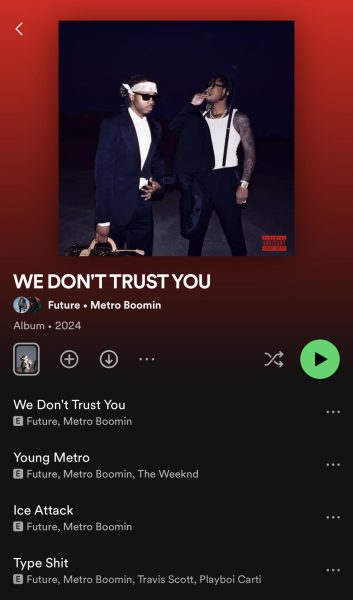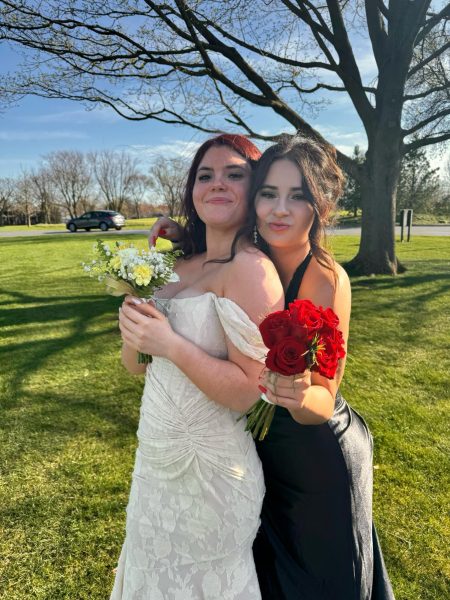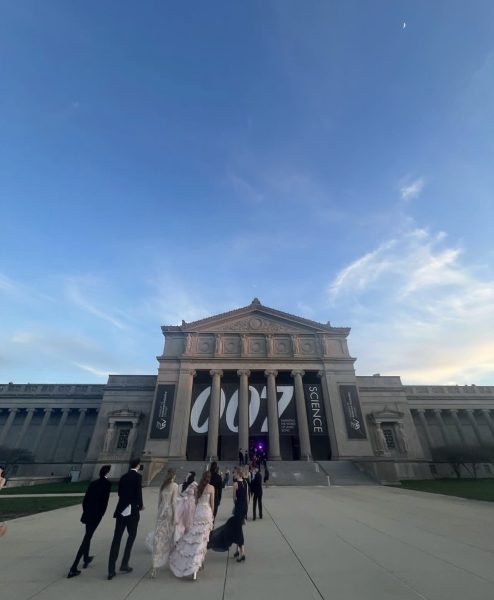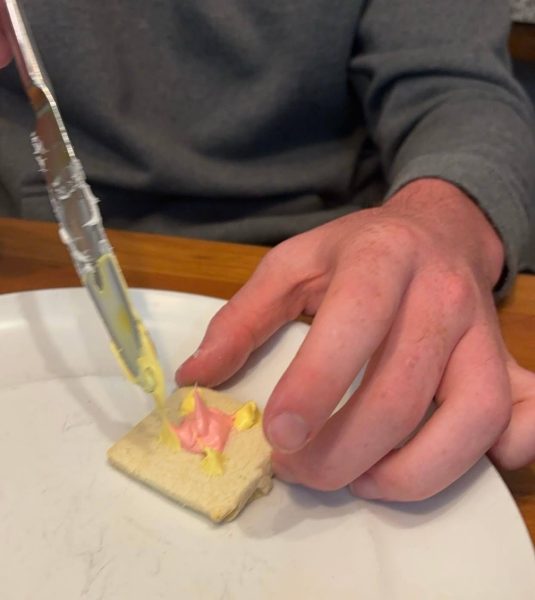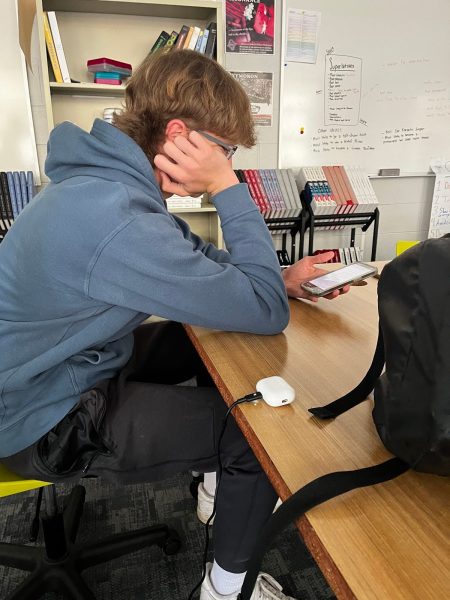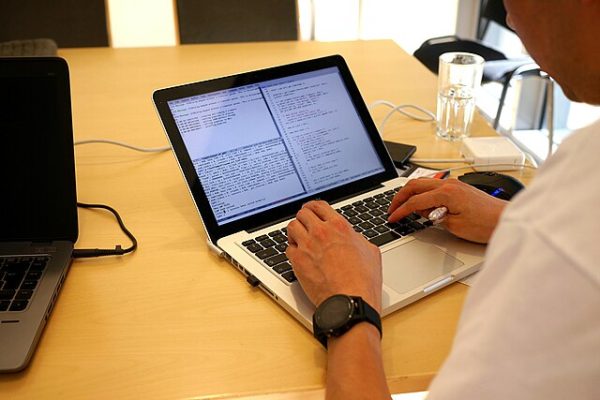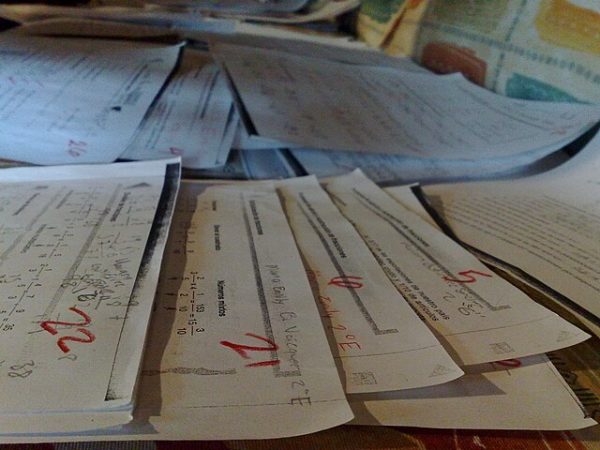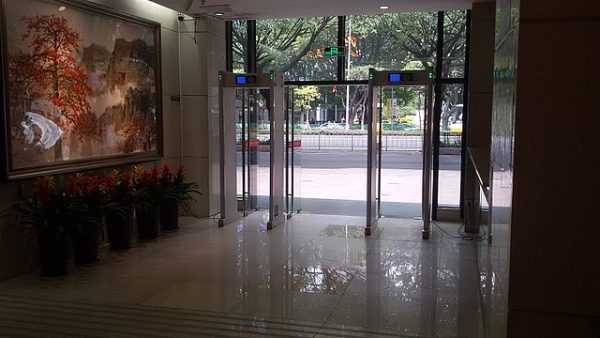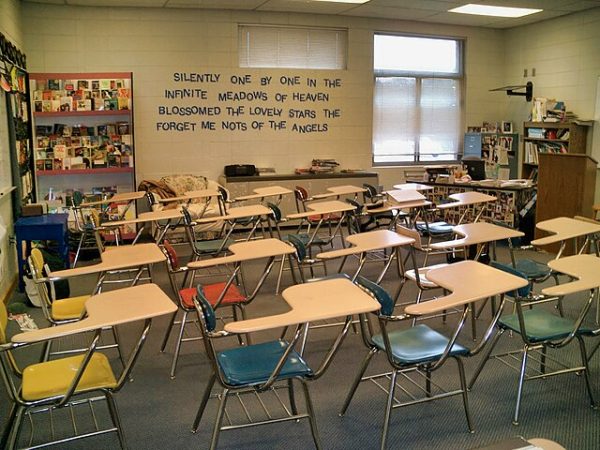Conspiracy theories encourage fake news
An article from “The Sun” reports on 9/11 theorists.
In this new age of the U.S., there is a craving to know the truth, and more people tend to be skeptical of the information presented to them. In tandem with that, there has been a rise in “fake news” circulating the Internet. Could there possibly be a correlation?
Among high schoolers, there has been a boom in the belief in conspiracy theories. The Internet is teeming with sources, one of the biggest ones being YouTube, from which we can learn about theories that make huge assumptions about our reality.
“I’ll just watch hours of conspiracy videos,”said Margot Brunet, junior.
The problem with the source of YouTube is that it is the perfect environment to fool you. YouTubers often create many videos, perhaps daily, with only a fraction being about conspiracies. It allows the viewer to get to know the video creator and begin to the content of the videos. A popular example of a YouTuber who makes these videos is Shane Dawson, a comedy vlogger with 10.5 million subscribers.
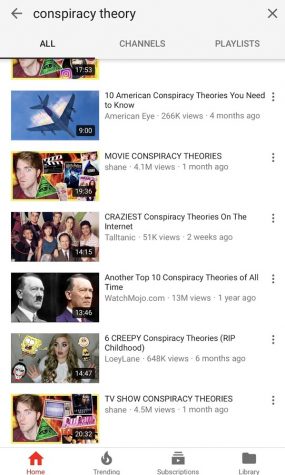
Needless to say, these YouTubers are not the most credible sources. The way that these videos are formatted, it allows the viewer to be deceived by the lack of support, and it covers up the fact that at some point the theorist has taken a huge leap to reach the final conclusion.
But, what’s the problem here? Why does it matter if some people believe something that is most likely untrue? It may not always be a negative craving to know the “real truth.”
“One of the things a democracy relies on is a healthy level of skepticism from the people,” said Ms. Sanskruti Patel, social studies teacher.
However, it has become obvious that what we have come across here is not simple skepticism, it is total disbelief. Those who tend to believe in conspiracies, don’t just think that there is a chance they are true, they take them as the full truth and don’t accept any suggestion that it is not.
“Trust me, 9/11 was set up by the CIA,” said Yassine Bukhari, sophomore.
Ms. Patel said that the belief that the Sept. 11 attacks were orchestrated by the government is the one that she most commonly hears in her classes.
With this certainty in the uncertain comes a lot of danger. An example of clear, physical danger is with the conspiracy named “Pizzagate”. This theory suggested that government officials, mainly the Clintons, were holding child sex slaves in a pizzeria called “Comet Ping Pong.” A strong believer entered the restaurant armed, trying to save the children he believed were held there. Multiple shots were fired, but luckily there were no injuries.
As the certainty of conspiracies circulates, it also creates danger towards news. These ideas make their way around and find their way to the infamous fake news sites.
“Back in 1898… journalists were exaggerating stories to try to get readers to buy their publications… It is considered to be one of the reasons why we ended up going to war with Spain in the Spanish-American War,” Ms. Patel said. “Journalists exaggerated what was going on in Cuba and that then got the American people to agree to go to war on behalf of Cuba.”
With the presence of fake news becoming more commonplace, it damages the credibility of real news. Plenty of people have shared stories from fake news sites, often times on FaceBook. The reader will believe it, find out it is not true, and lose a bit of trust in the news.
So, the true danger here is when the people take falsehoods or exaggerations to be the truth. In our American democracy, the people must know the truth, because they make choices for our country. In these theories, especially political ones, we must take them for what they truly are, theories. It is unfair to our politicians to blame them for something that may or may not be true, such as “Bush did 9/11” or “Obama is a Muslim,” among so many others.
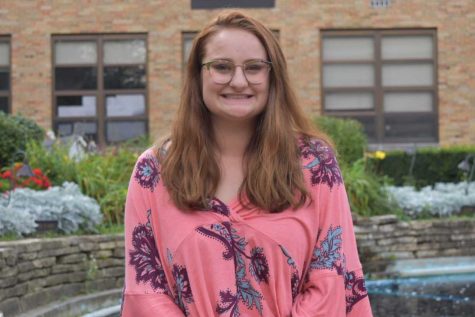
Lauren Wols is a junior who probably has a friend crush on you. If she’s not writing for Devils’ Advocate, she may be choreographing or doing other...



